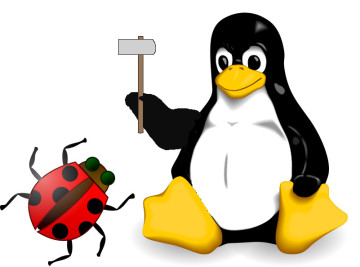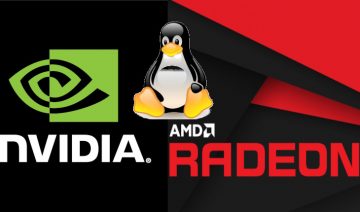Last time we took a glance at TOP500‘s supercomputers statistics it was pretty clear which operating system family is dominating the market.
Since it was already so dominant back then Linux seems to had no room left to progress. that is, being installed on 485 out of 500 supercomputers, accountable for 97% of system share is a distinguished achievement enough, wouldn’t you say?
However, it turns out that Linux hasn’t said its last word yet, and today, after the latest semi-annual statistic report has been submitted (Nov, 15) it is now confirmed to be controlling close to 99% of system share, whereas its performance share is above the 99%.
Another interesting fact that’s coming up of the latest report is that MS Windows is no longer part of the TOP500 list, in fact it’s now completely dominated by Unix / Unix-like operating system types.
This fact makes one wonder how come a proprietary software with such vast fundings as Windows has, can be so sweepingly overthrown by an open-source project?
While the reasoning behind it may be arguable, the black on white printed data isn’t.
You Can Linux Too :)
Linux may be dominating the supercomputers realm, yet what’s in it for you?
Well, the good news is you don’t have to run a supercomputer in your house to use Linux as your operating system. Linux can be installed on pretty much any type of computer architecture you may own.
Not only that, it has a wide variety of different distributions for you to choose from (see iWillFolo’s Top 5 Linux Distributions).
Hence you can install a Linux distribution geared towards user-friendliness or one that is geared towards customization, it’s up to you (note that the two aren’t necessarily contradict).










